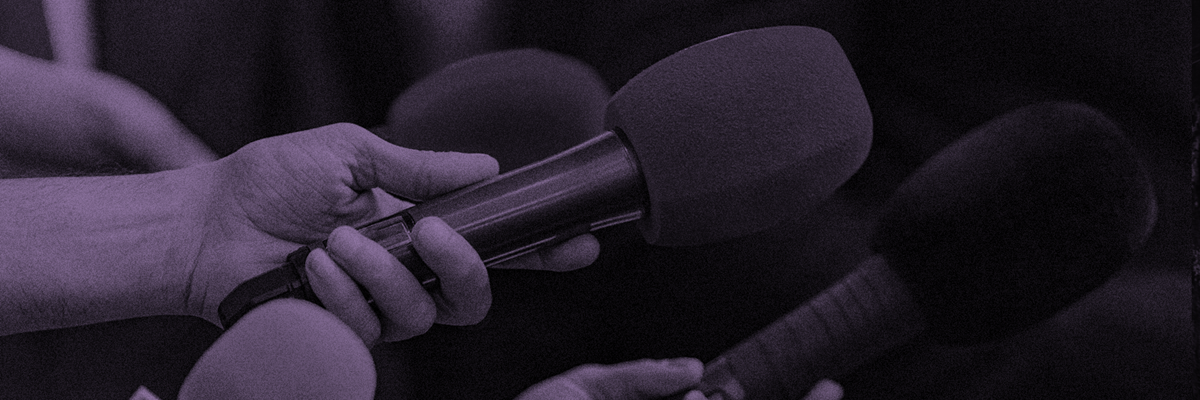- Charity warns of hidden damage in the aftermath of a lightning strike
- New figures reveal some insurance claims can be upwards of £100,000
- Summer months see a peak for lightning strike claims due to summer storms
- Plug sockets can explode, leaving residents exposed to electric shock risk
- Met Office issues storm warnings across the country
- Charity urges homes affected to contact a registered electrician to inspect and test the wiring to ensure it’s safe
Experts have revealed the scale of hidden damage that can occur within your home if struck by lightning as weather warnings for storms are issued across the country.
As many parts of the country face downpours and thunderstorms with extended Met Office warnings in place, electrical wiring, plug sockets and plugged in devices are at risk of being damaged in the event of a lightning storm.
“Lightning strikes to homes occur more than you might expect. Besides risking an immediate fire caused from the huge amounts of energy and heat a lightning bolt can produce the unseen damage to your electrical wiring, plug sockets, connected equipment and your plugged-in gadgets can be extensive.” Richard Harvey, Electrical Installation Engineer at Electrical Safety first warns.
When lightning strikes a property, the electrical wiring can be exposed to millions of volts. It is not uncommon for plug sockets to be badly damaged, leaving people at risk from damaged insulation and potentially exposed live wires in the aftermath.
Whilst certain damage in the aftermath is obvious to see, much of the damage to the wiring will not be visible to the naked eye, so the charity is urging those unlucky enough to be affected by lightning strikes to ensure their wiring is inspected and tested by a registered electrician as soon as possible after the event.
“Direct lightning strikes can vary in the amount of voltage and energy that gets shot through your home,” Richard Harvey of Electrical Safety First adds. “In some cases, a million volts can be coursing through your wiring, damaging almost everything electrical it encounters. Heating systems can be badly damaged and plug sockets burnt out. Phones, tablets, televisions and Wi-Fi routers that are plugged in at the time can all be damaged beyond repair. It’s not uncommon for homes to need a complete re-wire after these incidents which can cost thousands. Some of the most extensive damage won’t be obvious at first and your electrical wiring could be severely damaged. If this goes unremedied it could pose a longer term risk to the safety of your property which is why you should contact a registered electrician as soon as possible to get it inspected and tested.”
Recent incidents have left some homes struck by lightning devastated, with one home in Holme-on-Spalding-More destroyed when the roof caught fire. A couple in their 80s are said to be left devastated about the damage to their home.
THE COST OF A LIGHTNING STRIKE:
New figures supplied to the charity by Admiral Home Insurance reveal the typical cost of a claim relating to lightning strikes last year was around £7,000 but in some cases, substantial damage to homes has resulted in claims upwards of £100,000.
Whilst claims linked to lightning strikes for the insurer group are relatively low, they peak during the summer months, especially around June and July where higher temperatures can see the prevalence of summer storms. Separate figures from Rospa estimate that lightning strikes the ground in Britain about 300,000 times a year.
David Fowkes, Head of Household Underwriting at Admiral, said “We’ve seen how a direct lightning strike can cause substantial damage to the entire home, affecting a buildings structure and the contents of the home, including electrical items and personal belongings. It’s not uncommon to see considerable loss of electrical items due to the power surge.”
INDIRECT LIGHTNING STRIKES:
It’s not just the property directly struck by lightning which may be at risk, with the voltage from one lightning bolt exposing neighbouring properties to smaller electrical surges too.
Energy from lightning bolts, in some cases, can be dispersed through the electricity and telephone networks to surrounding homes, causing smaller electricity surges that may not be obvious to the resident at the time.
If you believe your home has been affected by an indirect lightning strike the charity recommends ensuring your electrical installation in inspected and tested to ensure no damage has been caused.
“Yellowing plastic and overheating on your plug sockets or a prominent fishy smell are all signs of possible burning and damage” Richard Havey at Electrical Safety First adds “if you notice any of these signs call a registered electrician and don’t overlook it.”
WHAT TO DO:
Insurance companies recommend contacting them as soon as possible in the event of a direct lightning strike and for those affected to make a list and take photos of any damage. Admiral Home Insurance recommends households do not throw away anything that has been damaged as it may need to be assessed, to help the processing of your claim.
Electrical Safety First urges households that believe they may have been affected by a lightning strike to ensure they have the electrical wiring within their property inspected and tested. Damaged wiring can pose a serious risk of fire if left unremedied.
The charity recommends using it’s Find An Electrician tool where consumers can search for a local electrician who is registered with a competent person scheme to undertake electrical safety reports in homes, giving you the confidence that you get the right person for the job.
